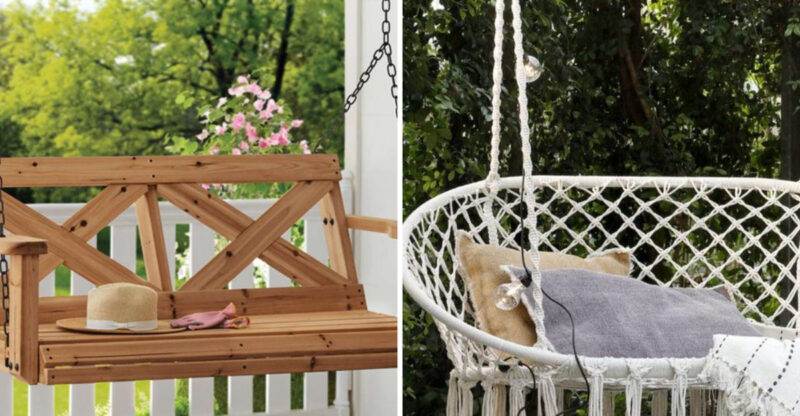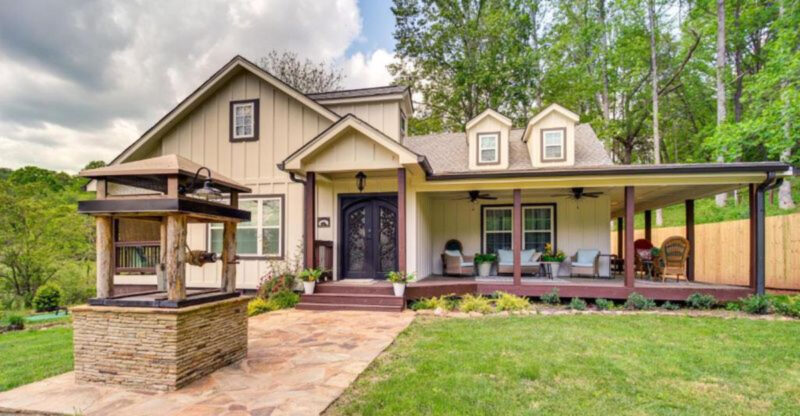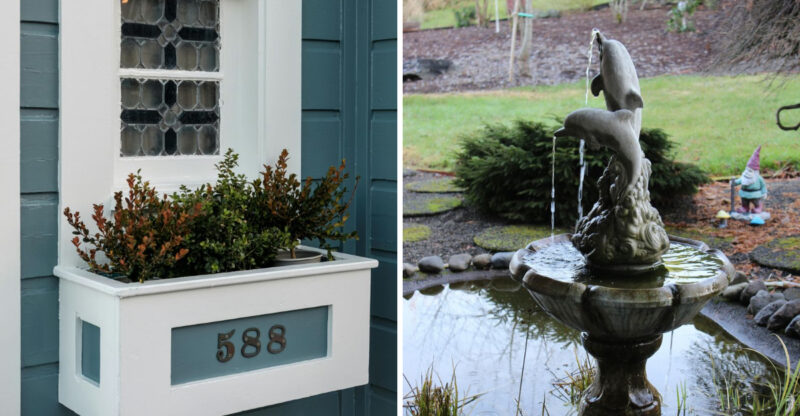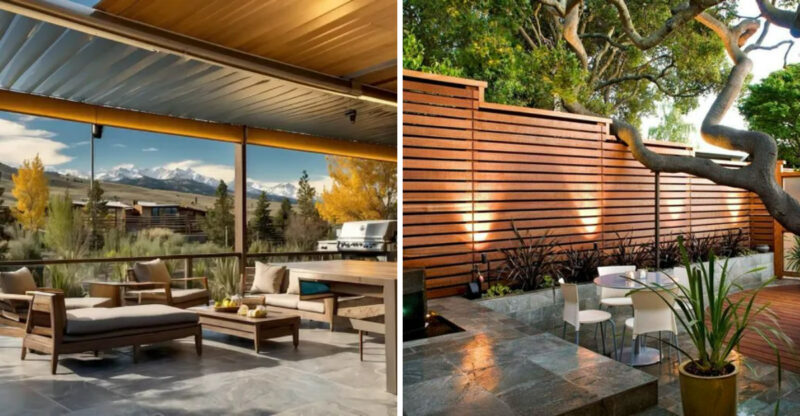Outdoor Decor Mistakes I Avoided That Made My Yard Shine
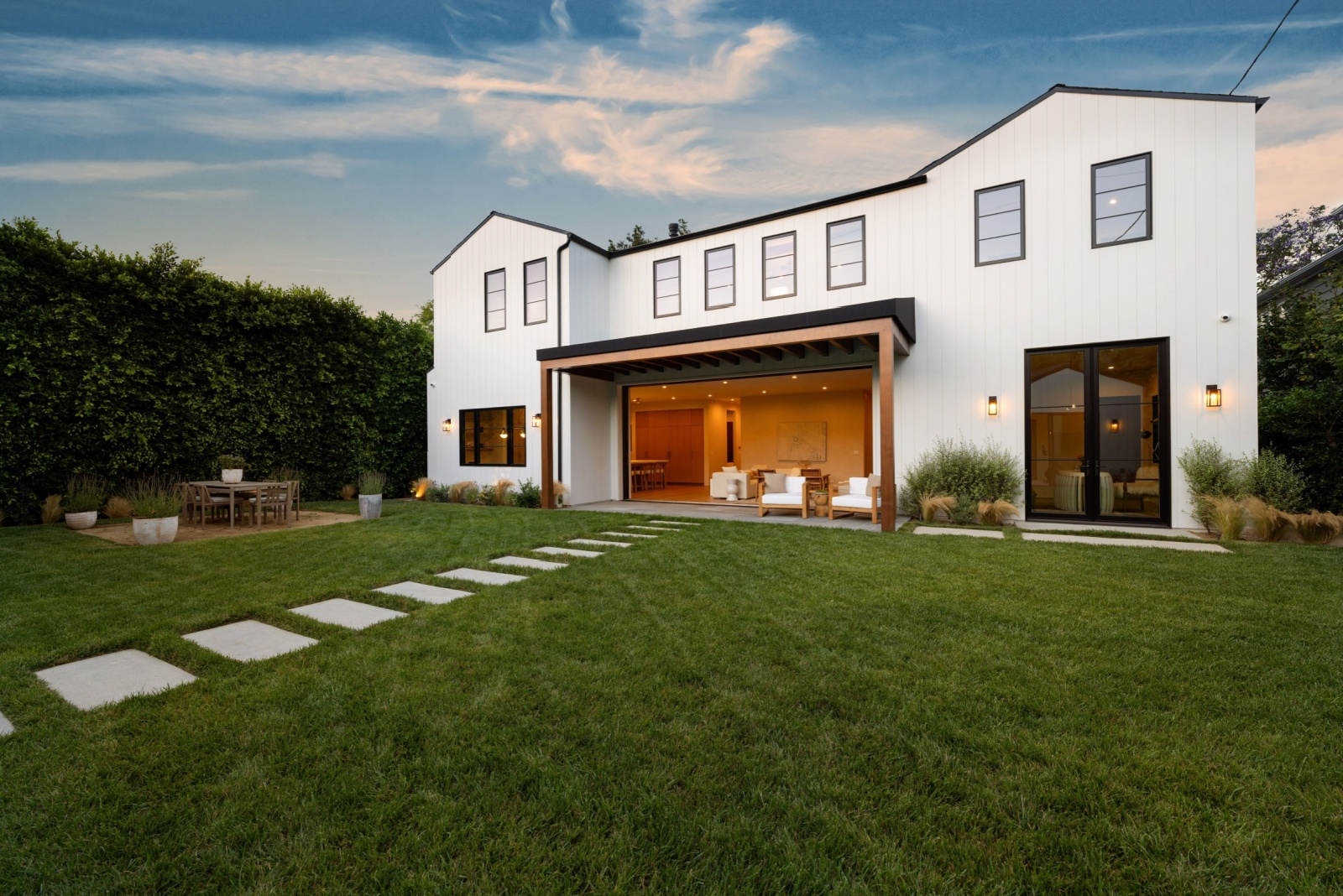
Transforming my yard from a chaotic mess to a stunning outdoor retreat wasn’t an overnight success. Through painful trial and error, I discovered that avoiding certain decorating pitfalls made all the difference.
My neighbors now regularly peek over the fence to admire what I’ve created. But, trust me, behind every beautiful garden lies a history of blunders overcome and lessons learned.
This account reflects my personal experience with yard transformation and may not guarantee the same results for everyone. Always consider your specific climate, soil, and local regulations before making major outdoor changes.
1. Furniture Overload: Less Really Is More
How tempting it was to fill every inch of my patio with seating! Initially, I crammed in three loungers, a dining set for eight, and multiple side tables, creating what looked like an outdoor furniture store.
Removing half the pieces created breathing room and proper circulation paths. The yard suddenly felt twice as large and infinitely more inviting.
Strategic placement of fewer, better quality pieces established conversation areas that actually get used, rather than furniture that just collects pollen.
2. Color Chaos: Finding Harmony In The Rainbow
Where did I go wrong with those neon cushions paired with multicolored planters and striped umbrellas? My yard looked like a carnival had exploded, eye-catching but for all the wrong reasons.
Switching to a cohesive palette of three complementary colors transformed everything. Now blues and greens echo the natural landscape, while terracotta accents provide warmth.
This simple shift made my outdoor space feel purposefully designed rather than randomly assembled. Even my flowering plants now follow this color scheme for year-round visual coherence.
3. Proportion Problems: Size Matters In Outdoor Spaces
Though I loved that massive sectional sofa in the showroom, it overwhelmed my modest patio completely. Nearby planters looked comically tiny, creating a funhouse effect of mismatched proportions.
Studying the rule of thirds changed everything about my approach. Now, furniture and decorative elements respect the scale of my yard.
Medium-sized furniture with appropriately scaled accessories creates visual balance. The pergola I installed matches my home’s architectural lines instead of towering awkwardly above everything else.
4. Material Mistakes: Choosing Substance Over Style
It’s embarrassing how quickly those bargain plastic Adirondack chairs faded and cracked. Within months, my “budget-friendly” choices needed replacement, creating more waste and expense than quality would have.
Investing in weather-resistant materials made a dramatic difference. Teak furniture develops a beautiful patina over time instead of deteriorating.
Powder-coated aluminum stays rust-free through rainy seasons. Even my outdoor fabrics are now solution-dyed acrylics that resist fading and mildew, looking fresh years later.
5. Lighting Labyrinth: Simplifying The Night Garden
If you’d seen my initial lighting setup, you might have mistaken my yard for an airport runway. Flood lights, tiki torches, string lights, and solar stakes created a confusing jumble that somehow managed to be both blinding and inadequate.
Removing 75% of the fixtures and focusing on three lighting types transformed the nighttime experience. Path lights ensure safe navigation, uplights highlight specimen plants and architectural features, while ambient string lights provide gentle overhead illumination.
This layered but simplified approach creates evening magic without the visual chaos.
6. Plant Predicaments: Working With Nature, Not Against It
When did I think tropical plants would thrive in my northern climate? My stubbornness cost hundreds in replaced vegetation as I tried forcing plants to grow where they simply couldn’t survive.
Embracing native plants revolutionized my garden’s success rate. Species adapted to local conditions require minimal maintenance while attracting beneficial wildlife. Grouping plants with similar water needs created efficient irrigation zones.
My yard now has year-round interest with spring blooms, summer foliage, fall color, and winter structure. All without fighting nature’s intentions.
7. Pathway Pandemonium: Creating Sensible Circulation
Did anyone actually use those meandering stepping stones that led nowhere? My original pathways ignored how people naturally move through spaces, resulting in trampled plants and mud trails cutting across the lawn.
Observing traffic patterns before finalizing hardscaping saved my landscape. Now generous 4-foot wide primary paths connect major destinations like the patio, fire pit, and gate.
Secondary paths branch logically to maintenance areas. Materials transition smoothly between zones while providing stable footing in all weather conditions.

